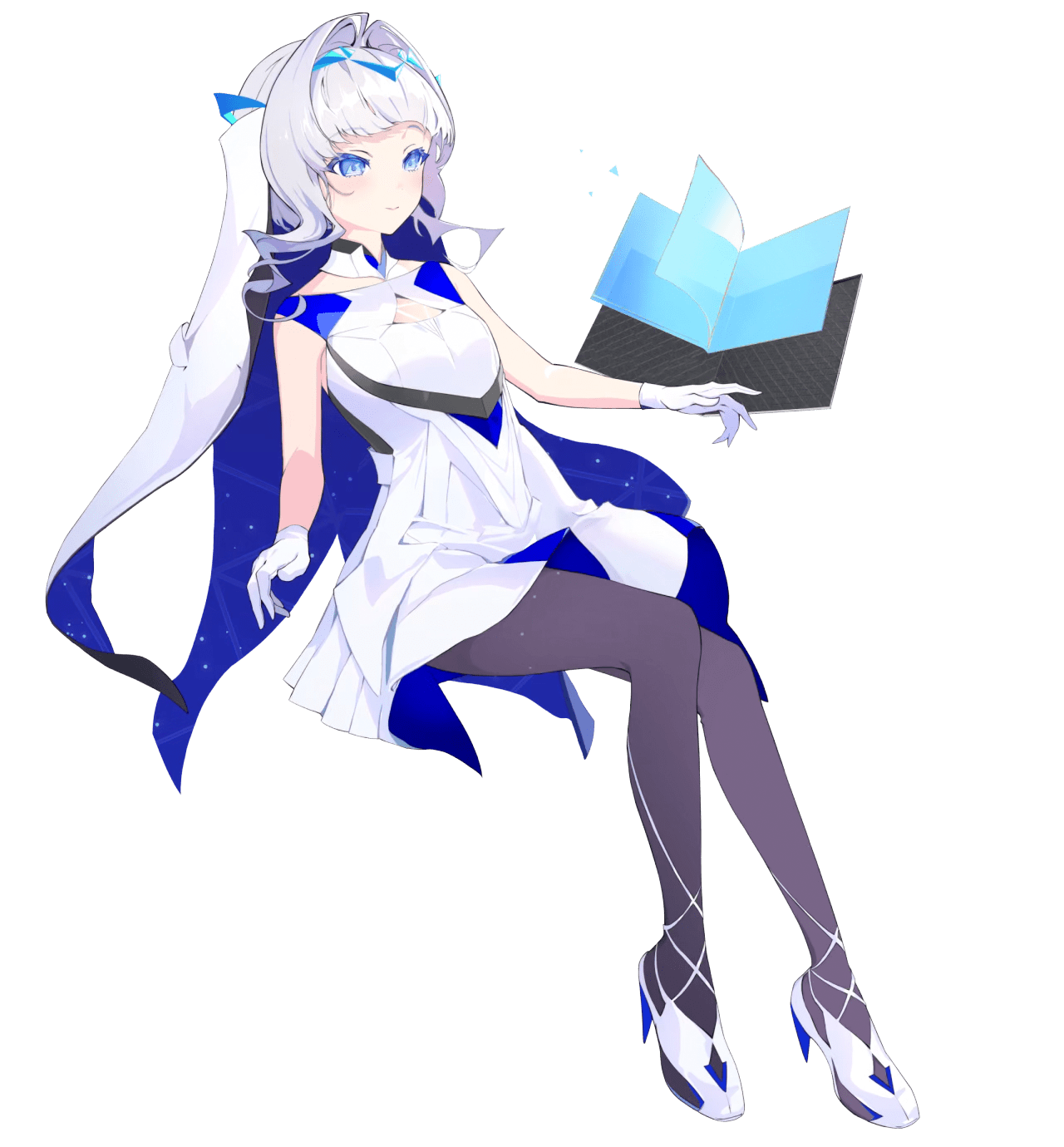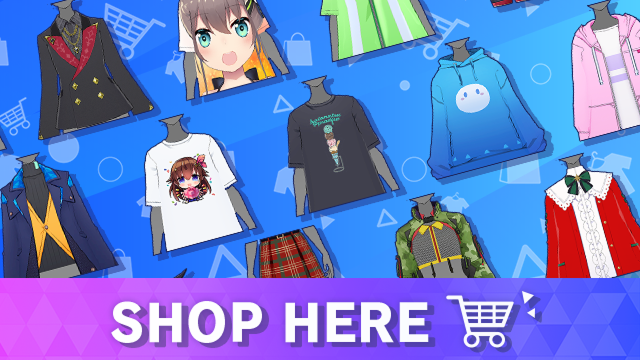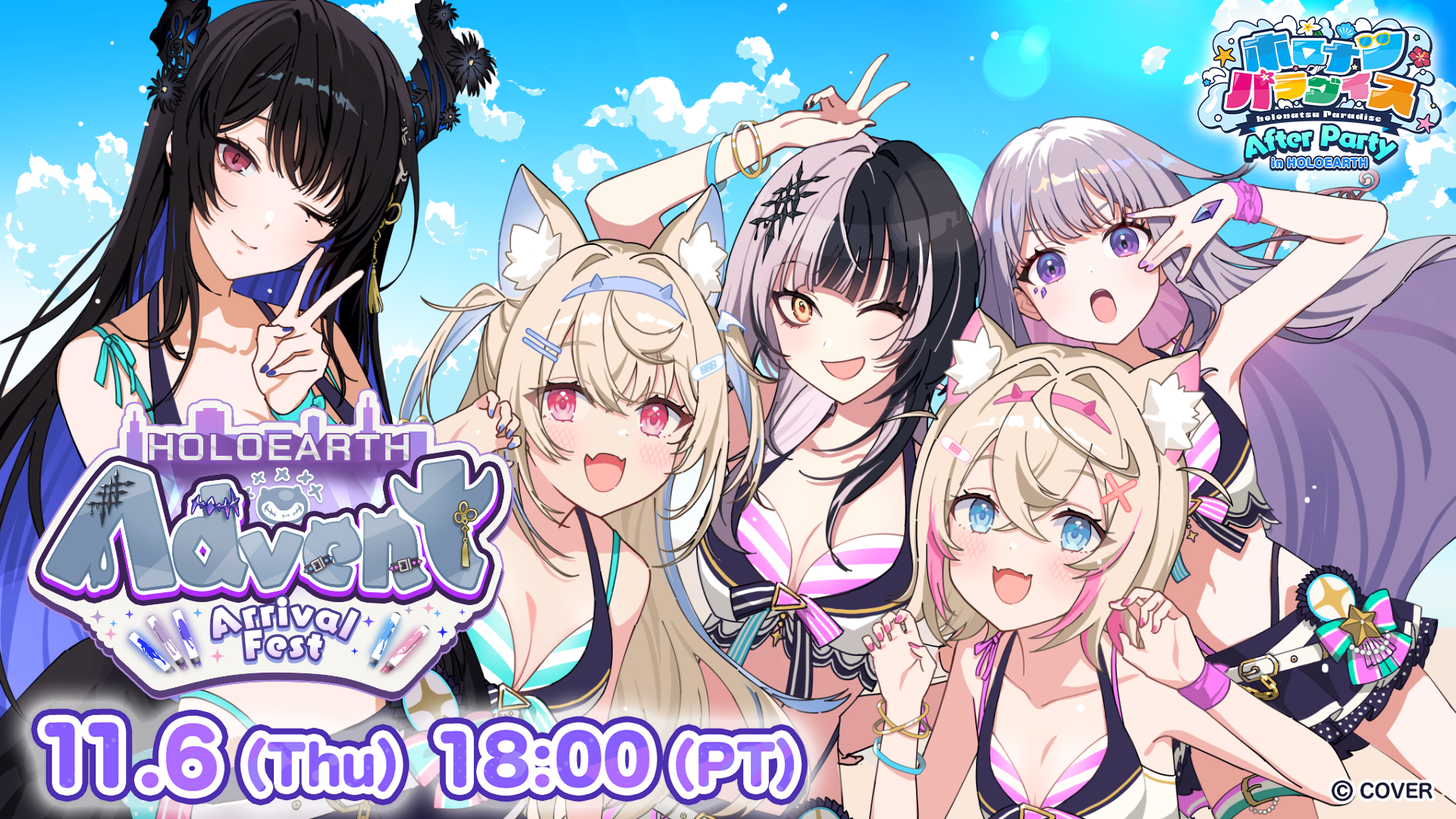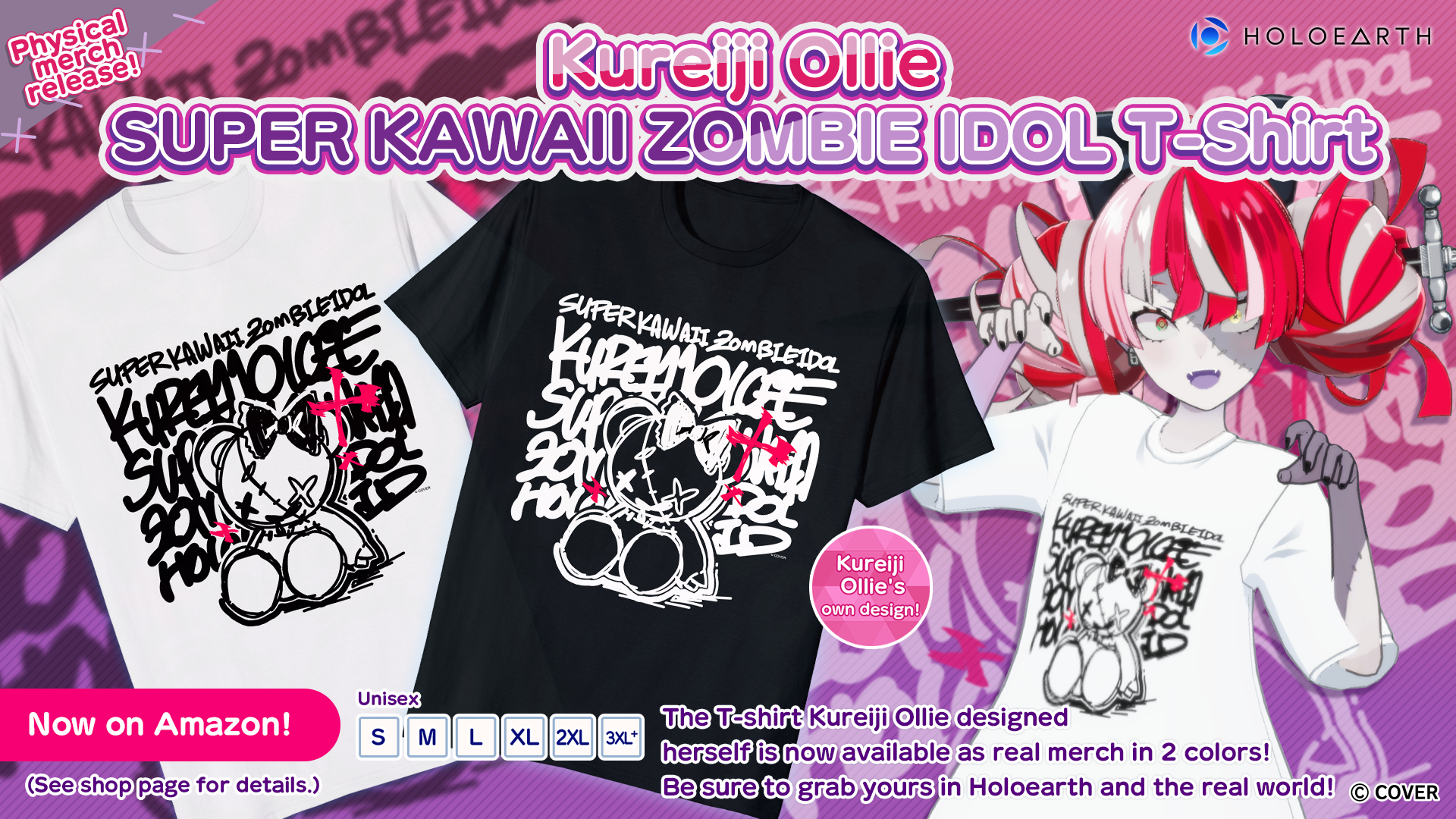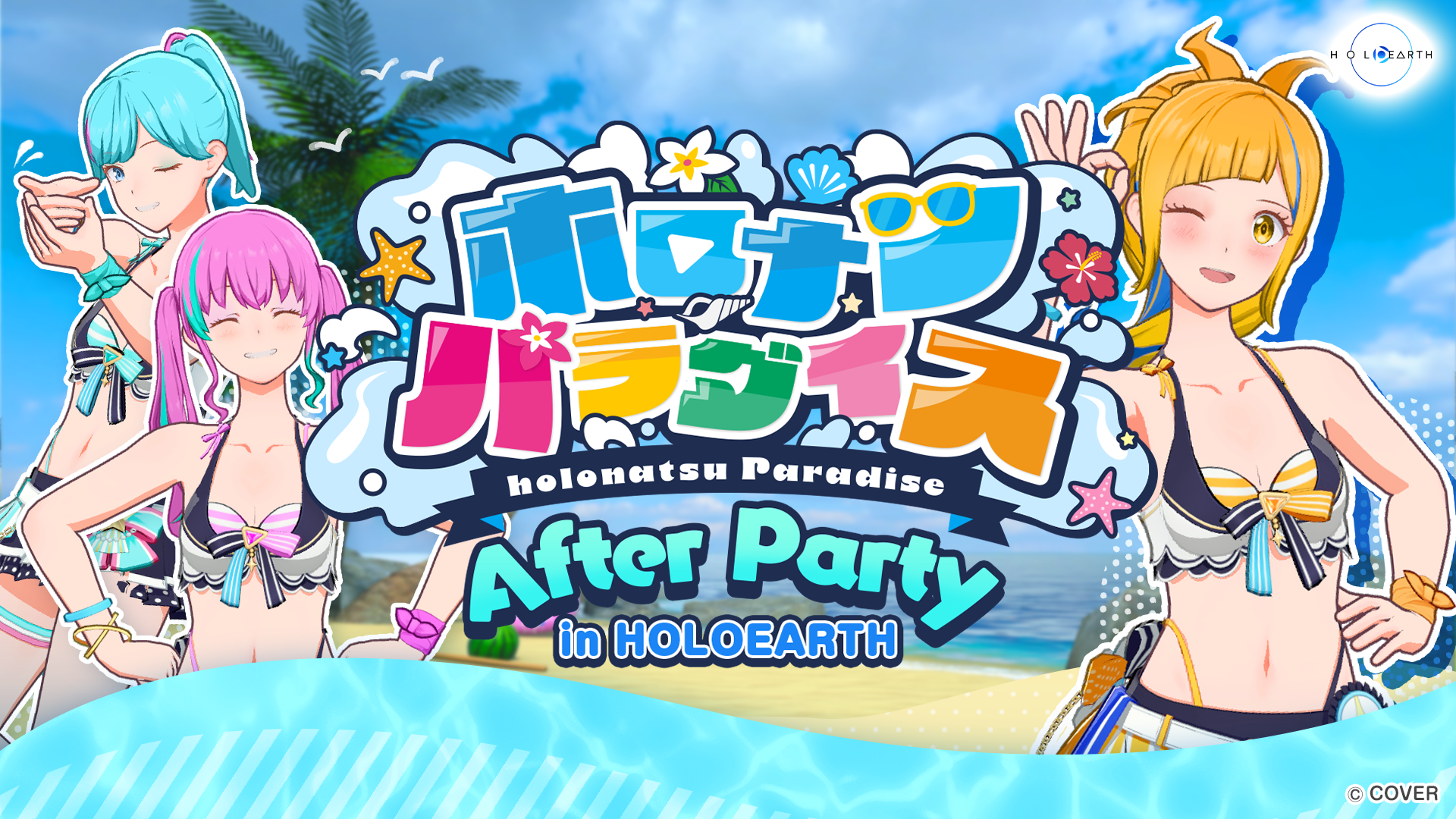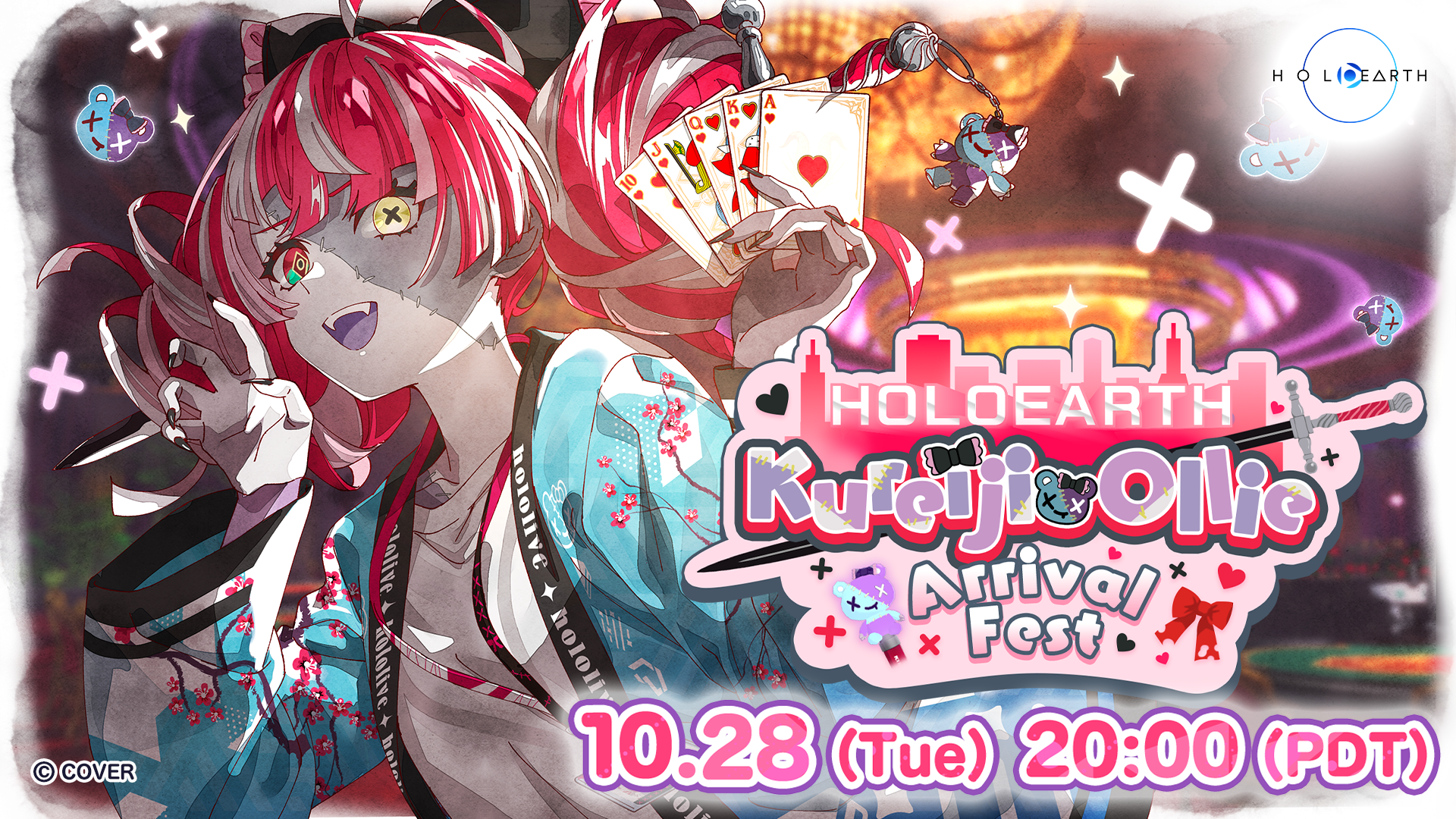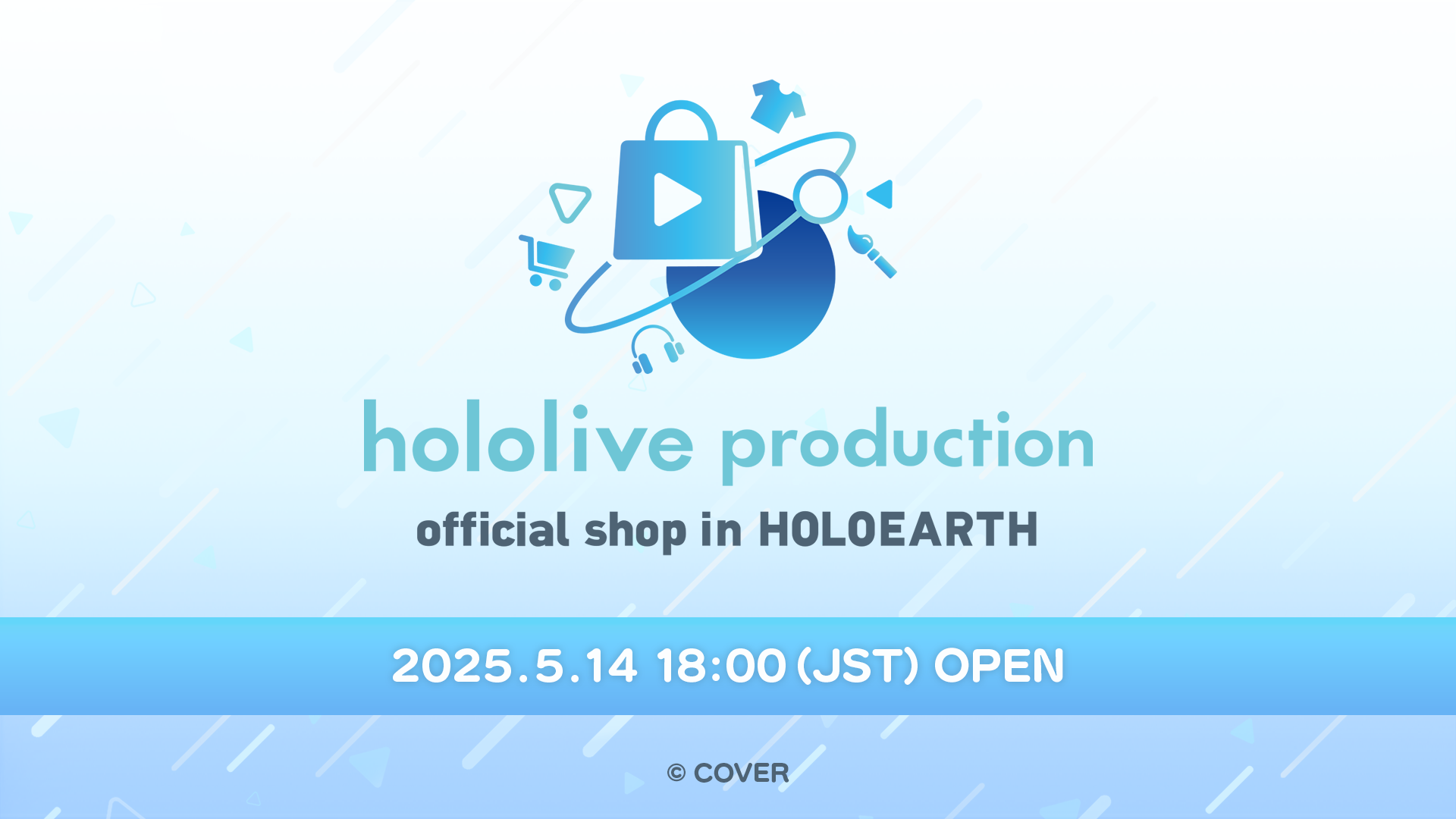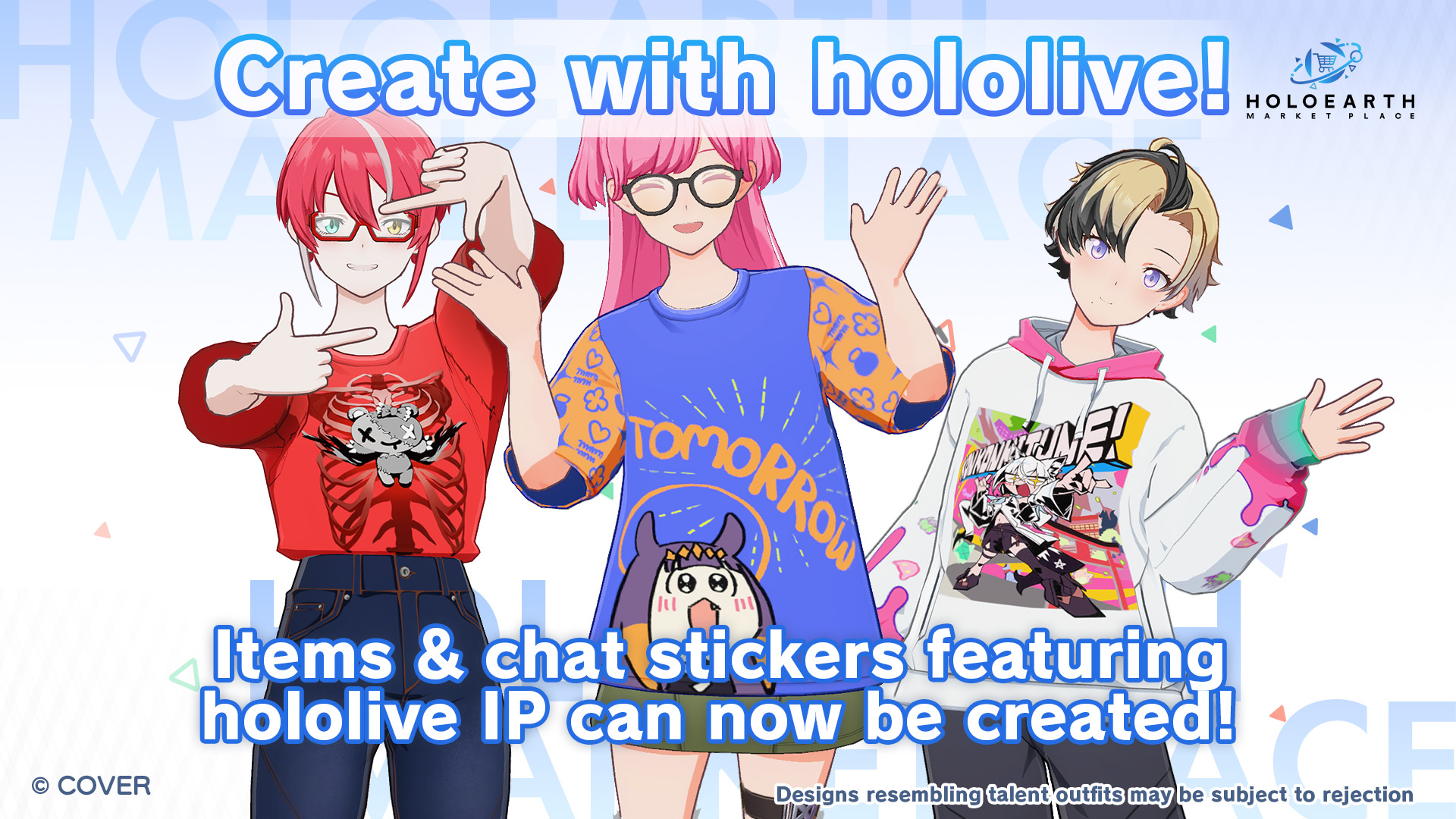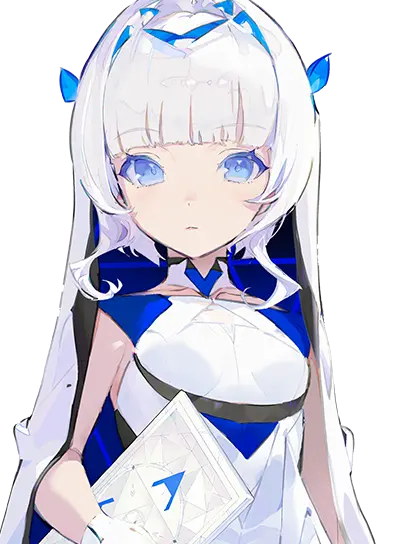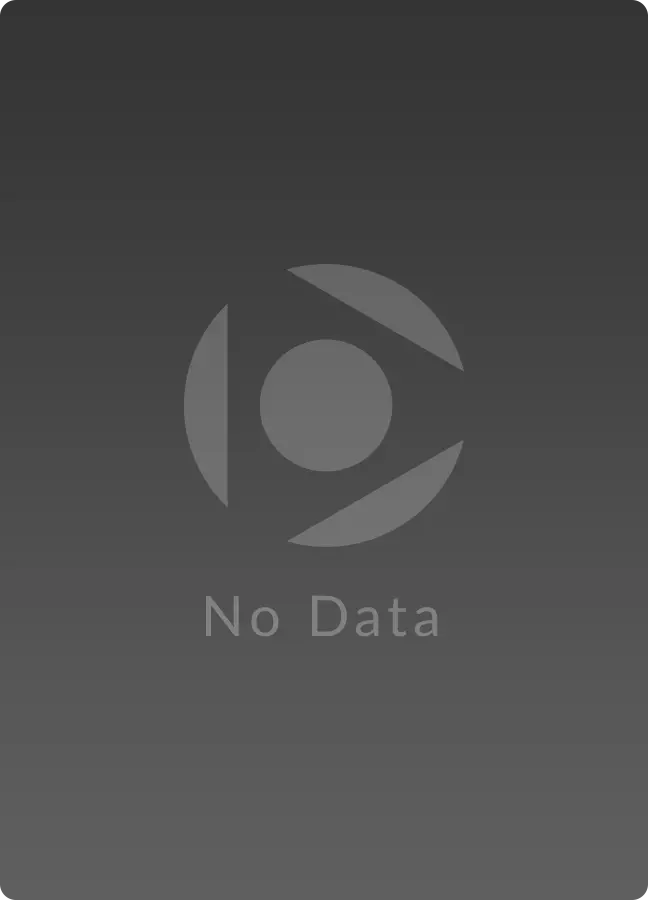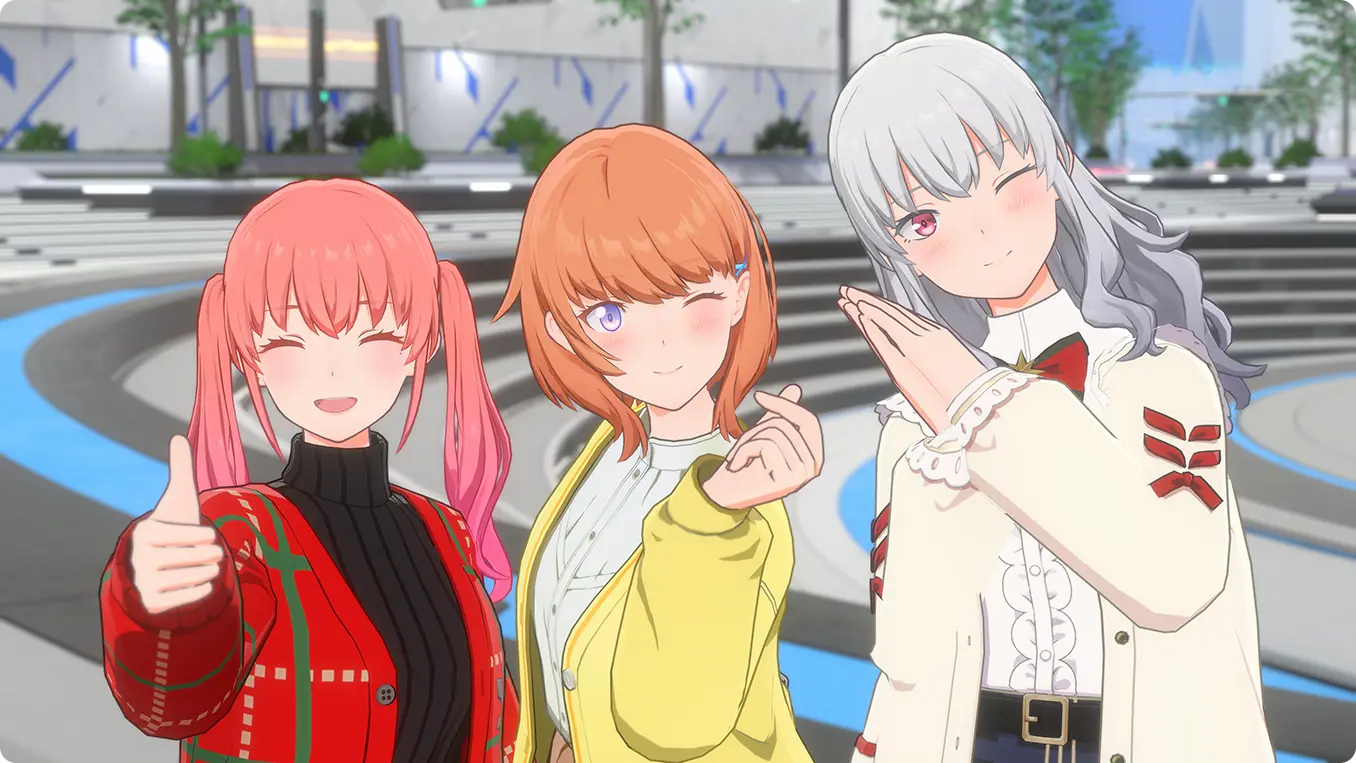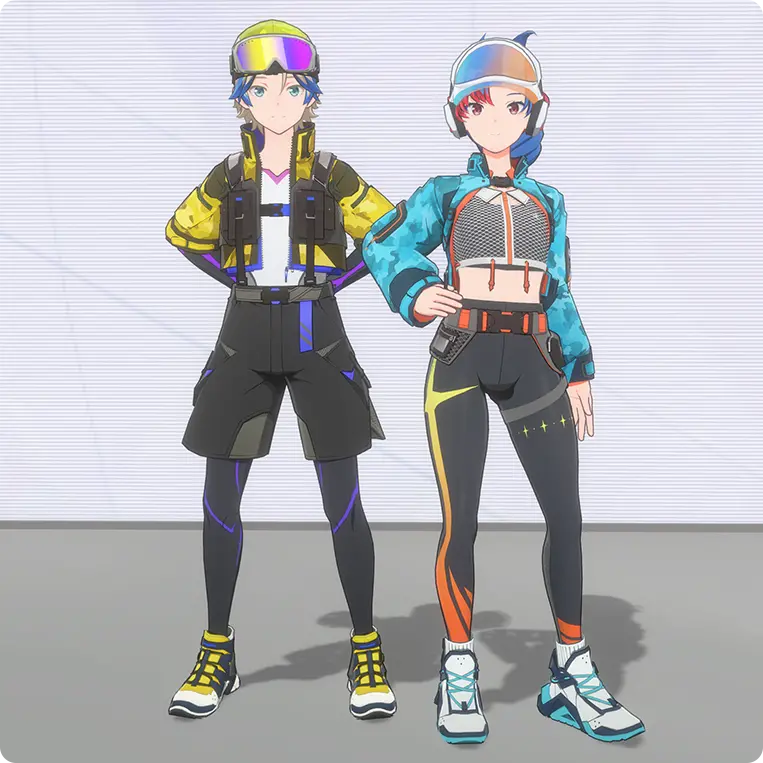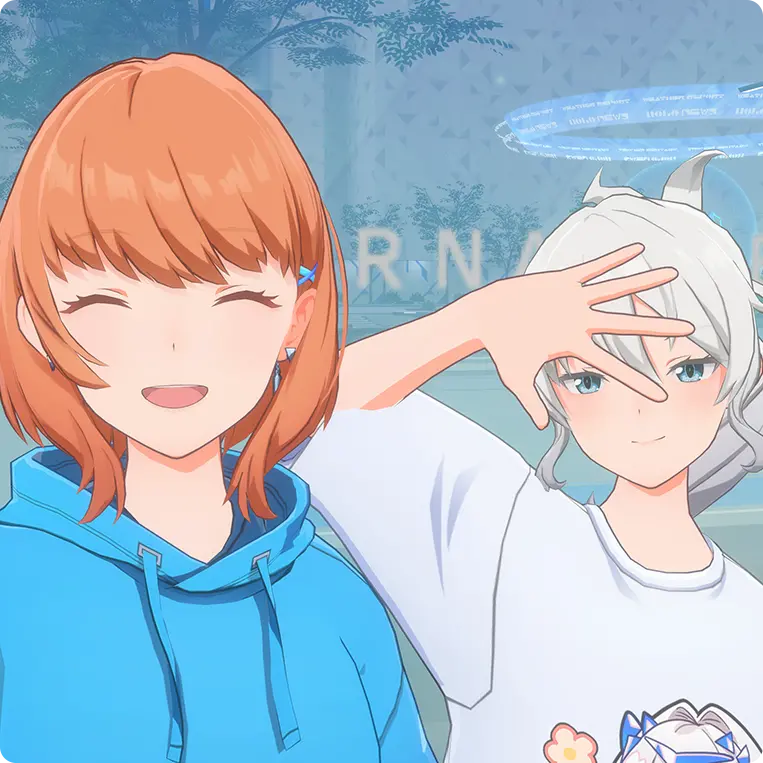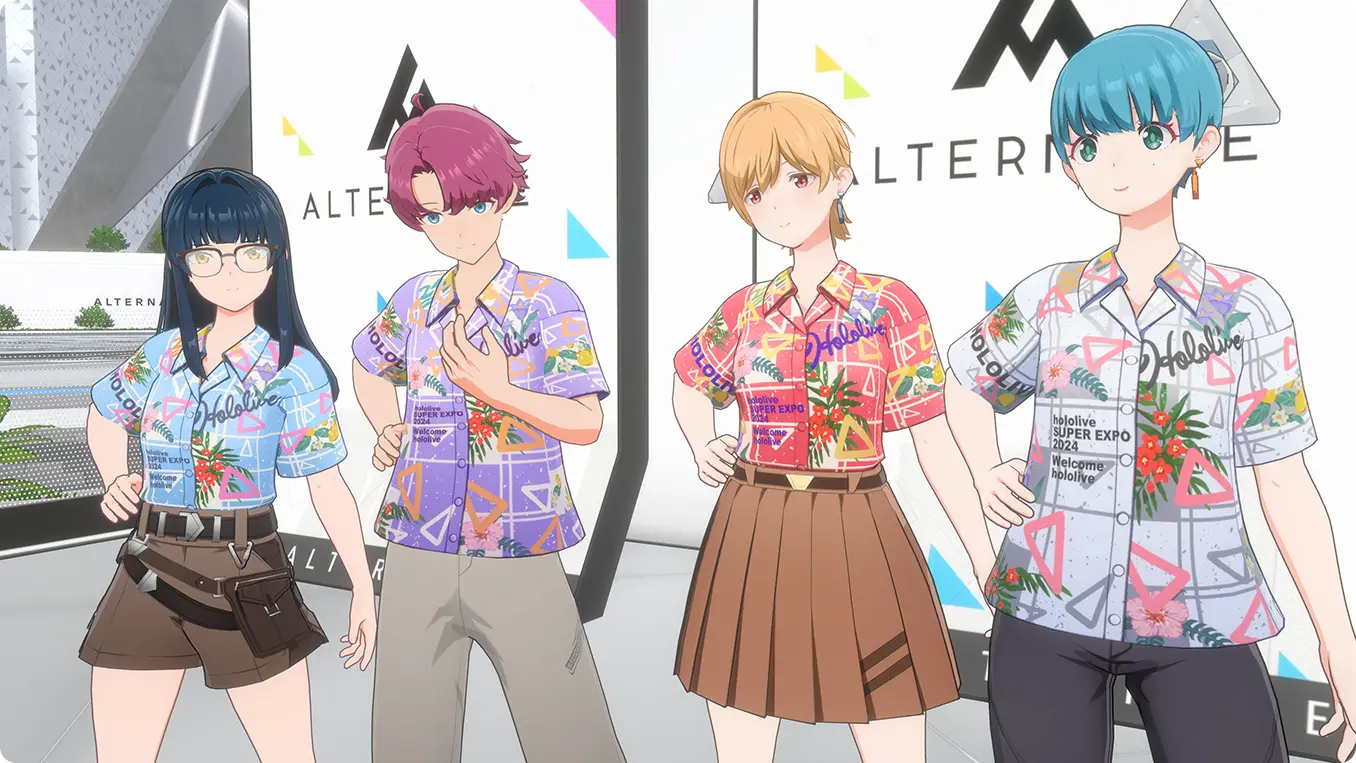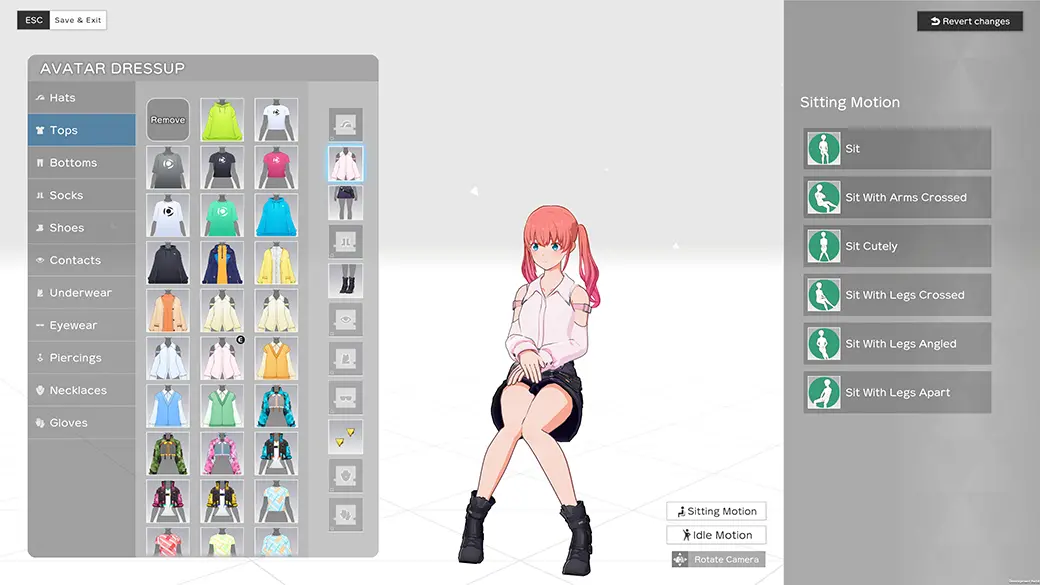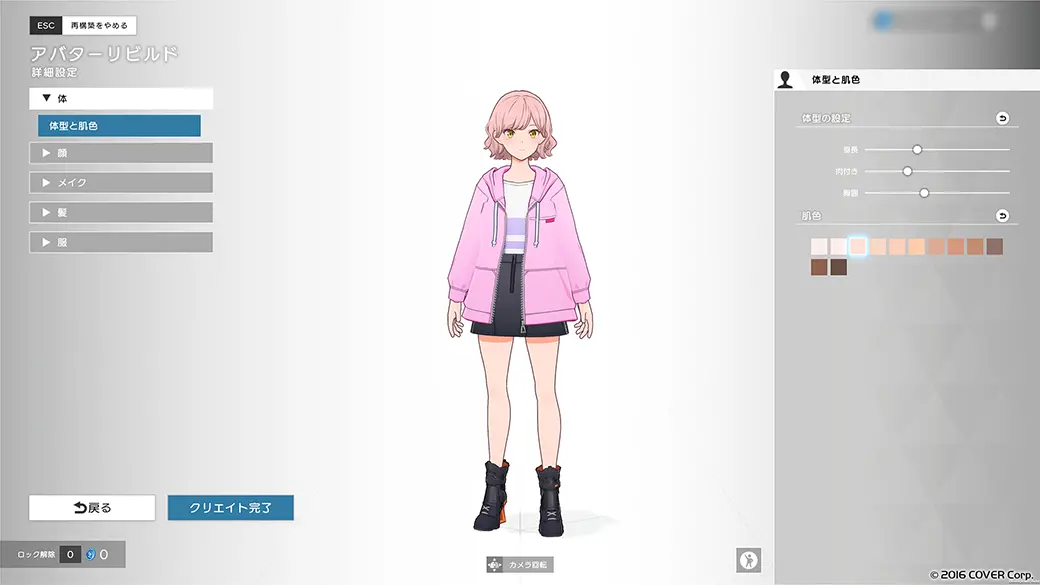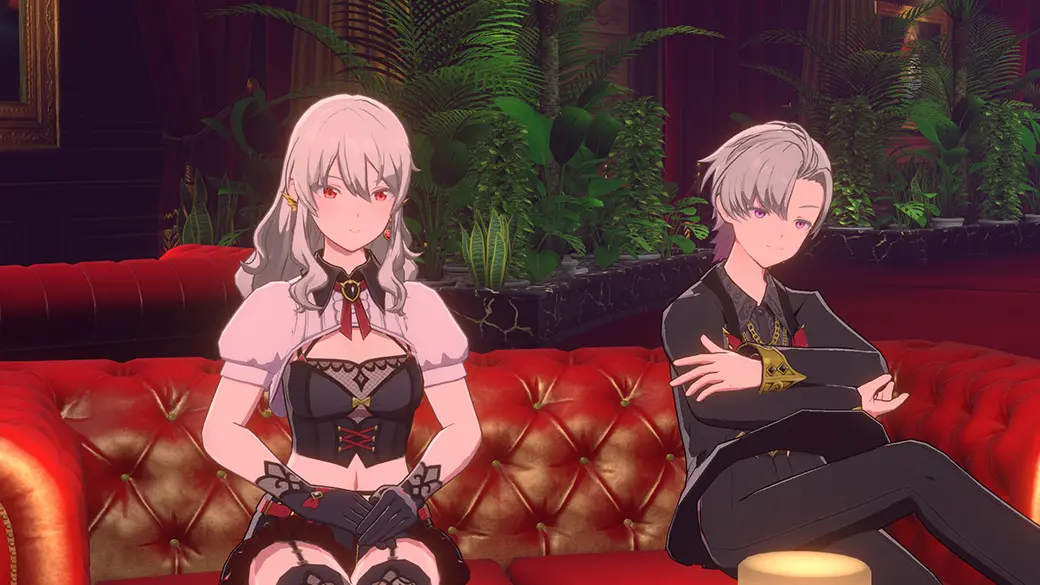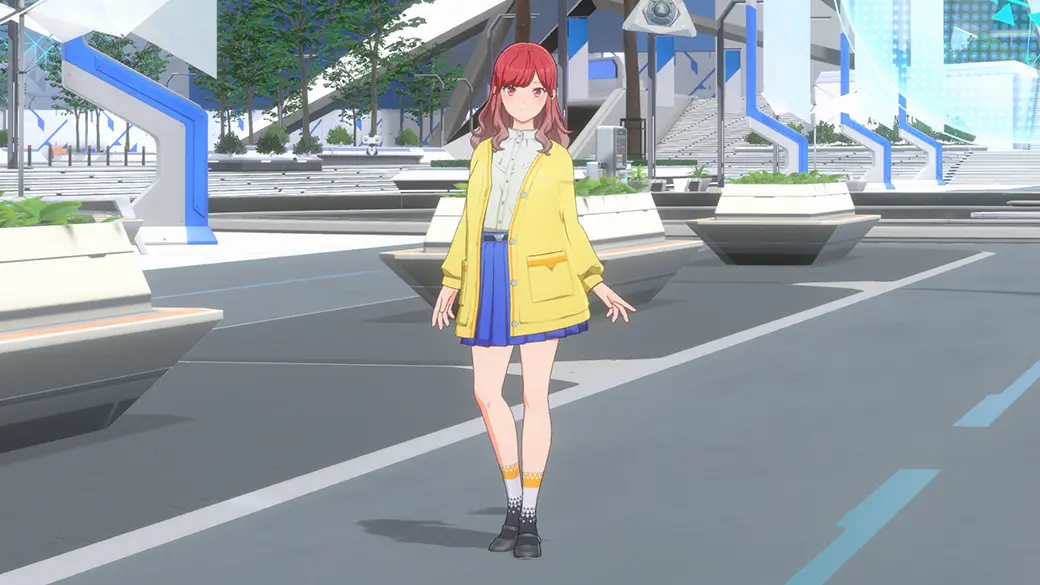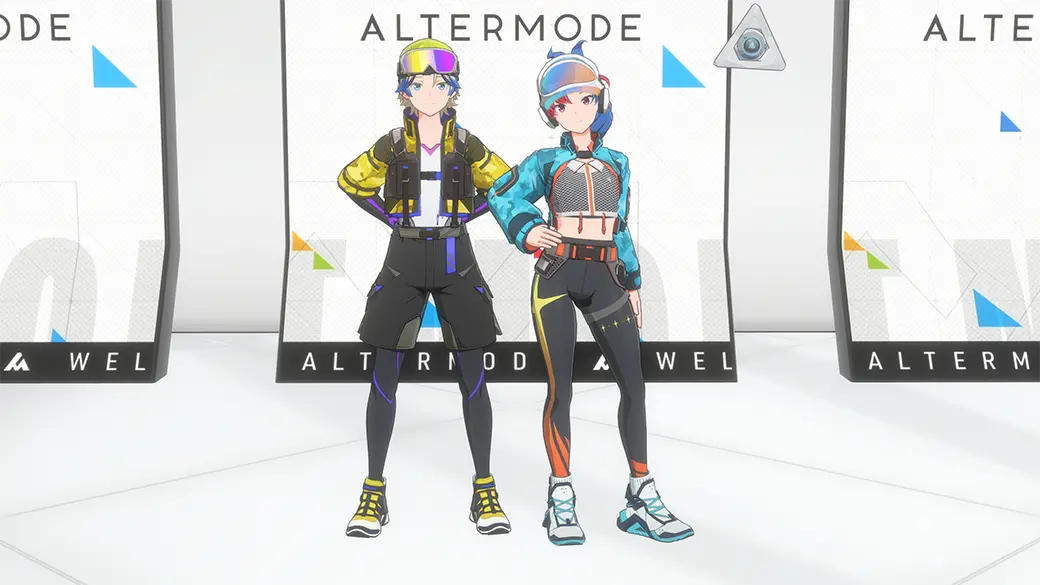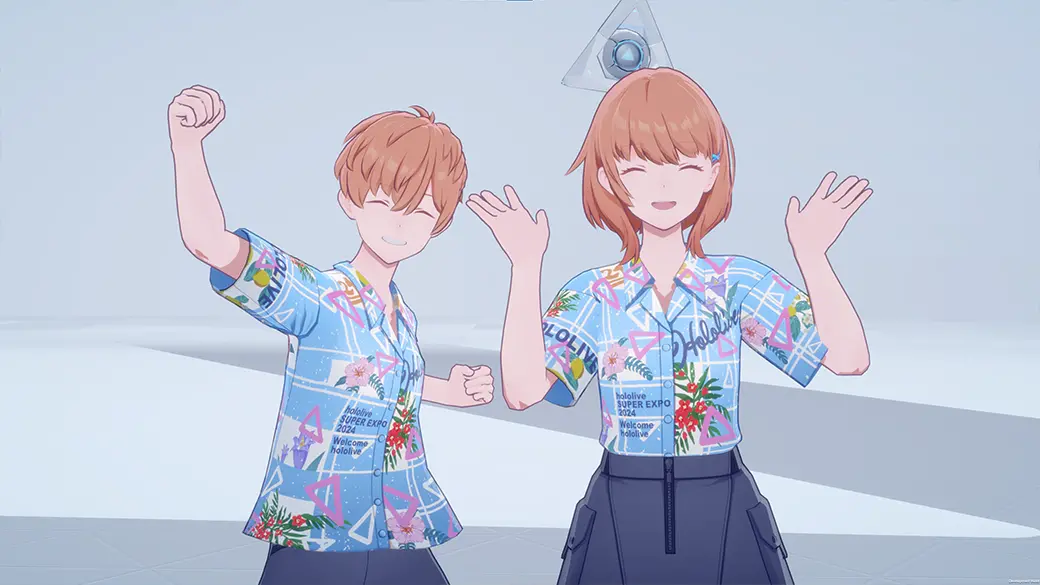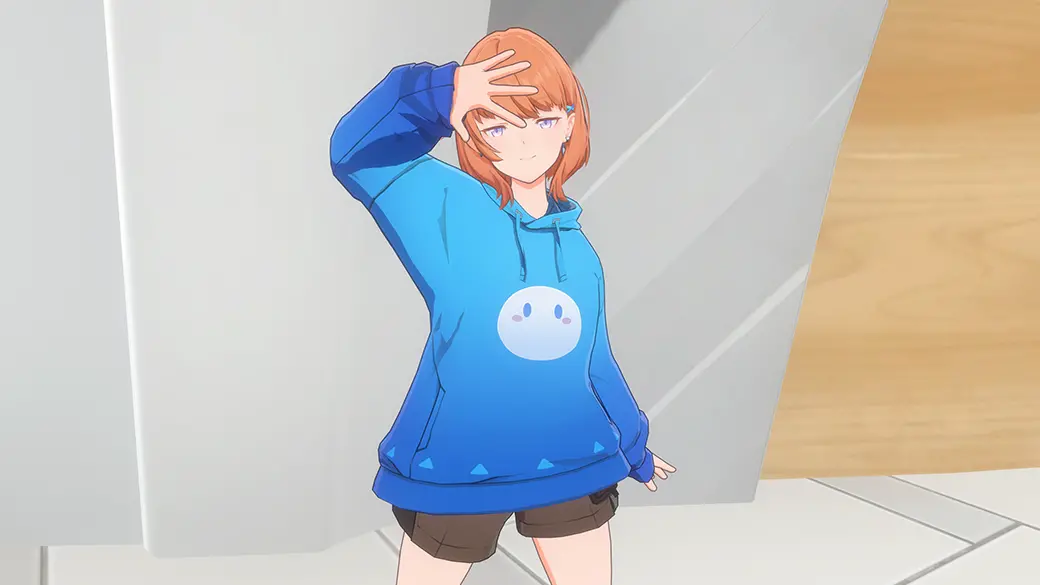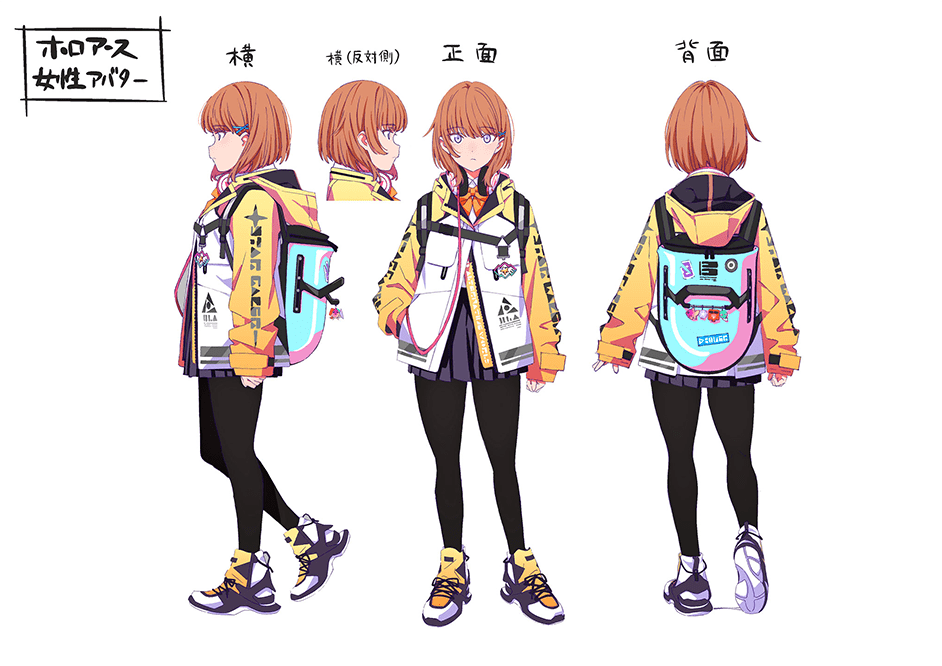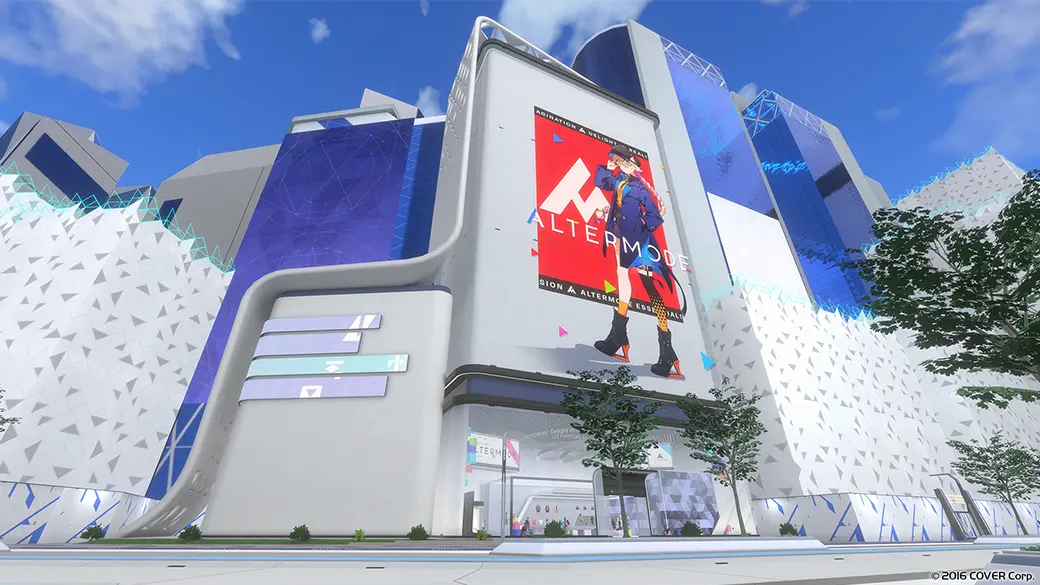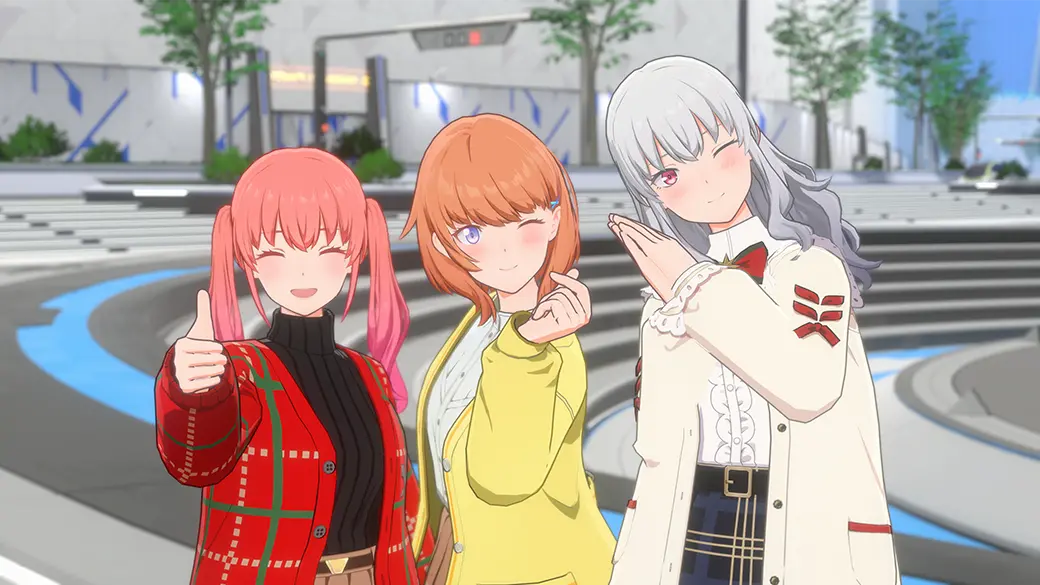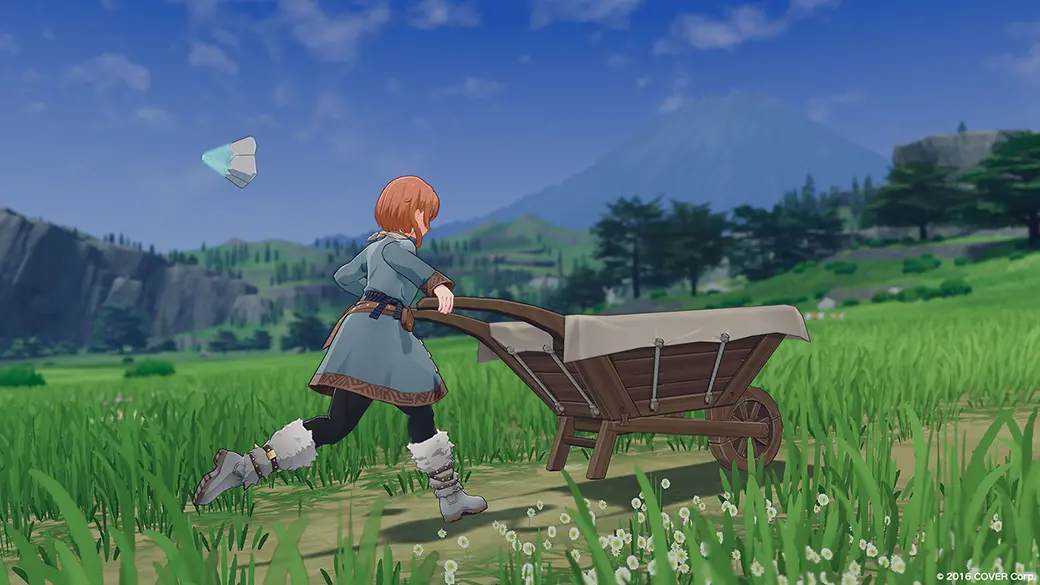NEWS
-
2025.12.23
Updates
Ver. 1.2.0.1 Release Notes
-
2025.12.23
Information
“Cosmic Wonderful Tour! -Christmas Remix-” Digital Release Announcement
-
2025.12.22
Events
Breaking Report: “NePoLaBo Live re:VISION Holoearth Live” Held! Concert Footage, 3D Archive, and Outfits Now on Sale!
-
2025.12.22
Information
Dec 22 Avatar Item Restock Notice
-
2025.12.18
Updates
Ver. 1.2.0.0 Release Notes
What is Holoearth?
VIRTUAL WORLD
REAL LIFE
VIRTUAL WORLD
REAL LIFE
-
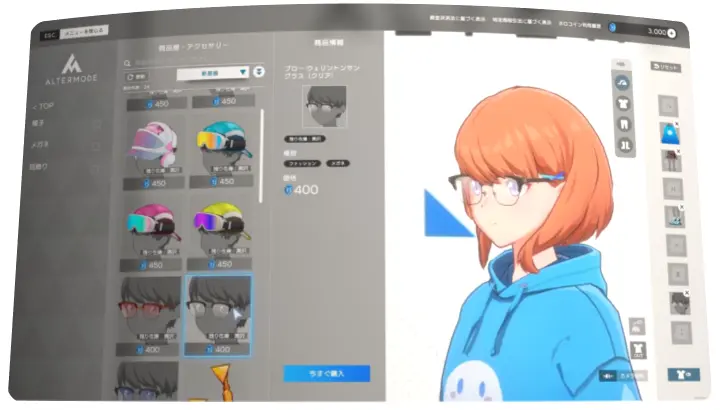
Find the perfect hair and clothes... Realize the ideal you
-
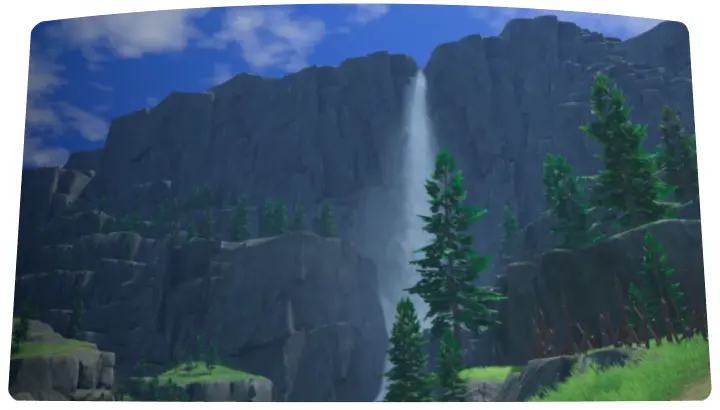
Exploration, conversation, shopping... Enjoy an open-ended world
-

A huge selection of items... Discover your favorite style
-
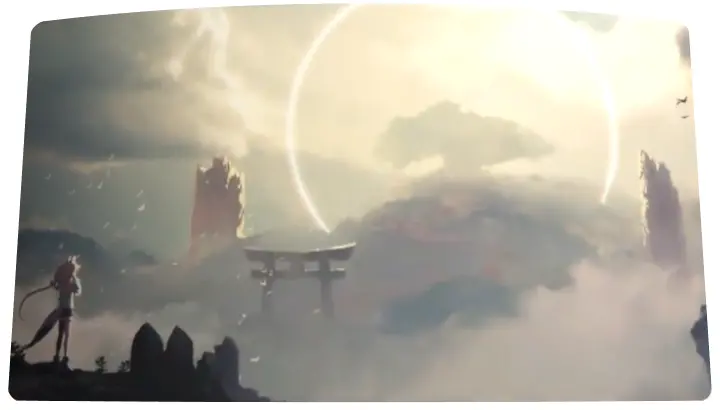
Holoearth collab projects... Coming in the future
The world of Holoearth
This is a world sustained through your observation
This is a world sustained through your observation
What is necessary for "Holoearth" to exist... is the inhabitants of so-called "Realearth"...
In other words, it
must be observed by YOU.
What is necessary for "Holoearth" to exist...
is the inhabitants of so-called "Realearth"...
In other words, it must be observed by YOU.
